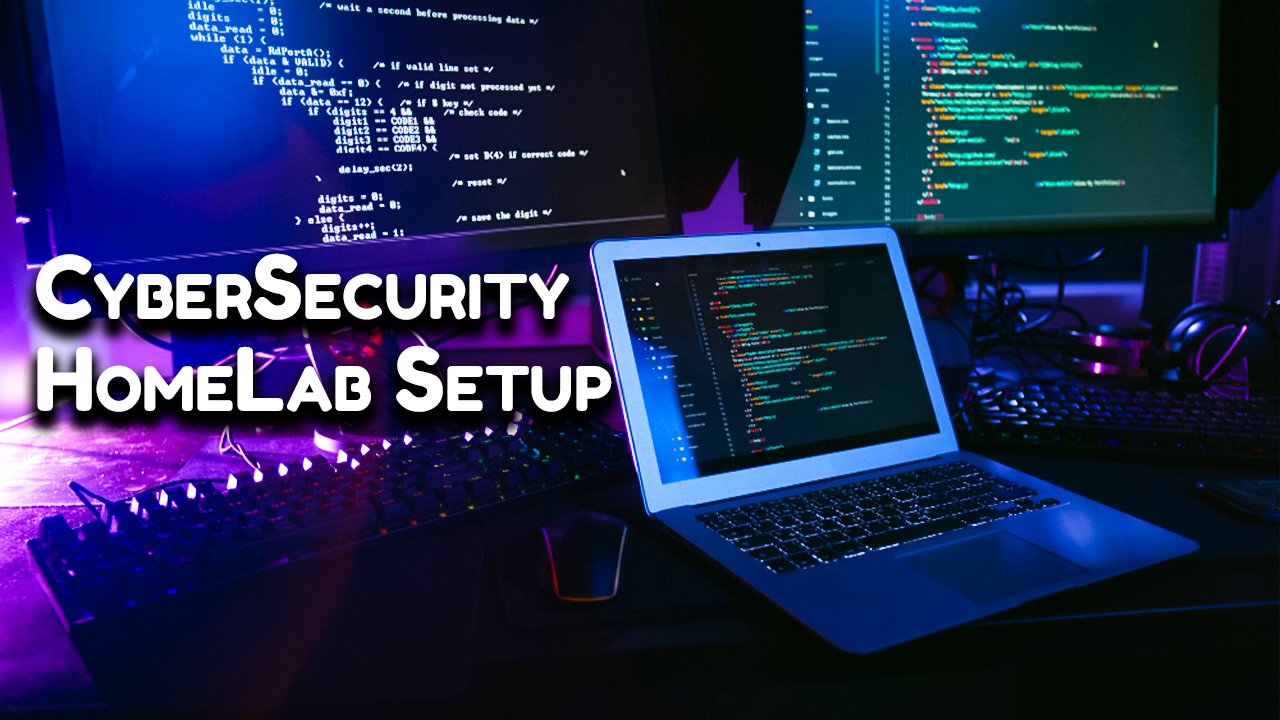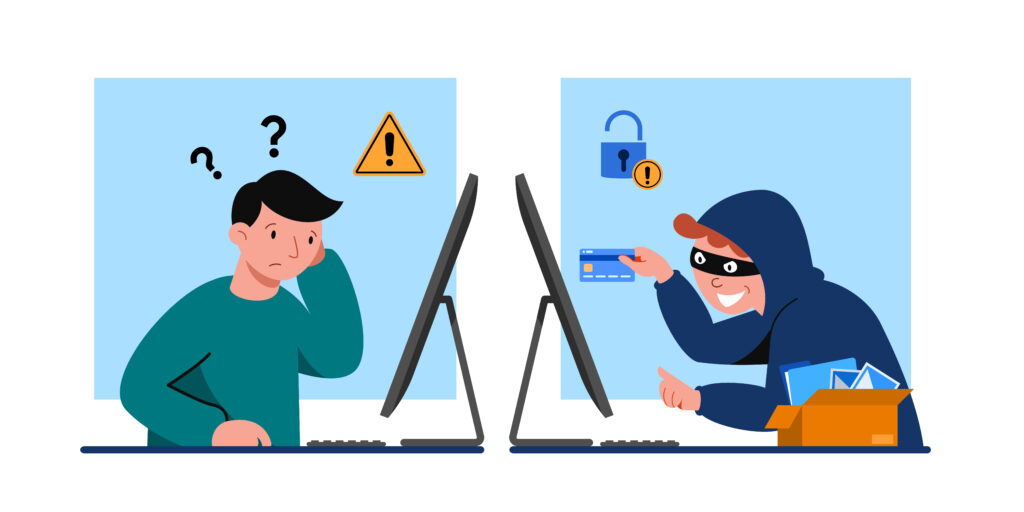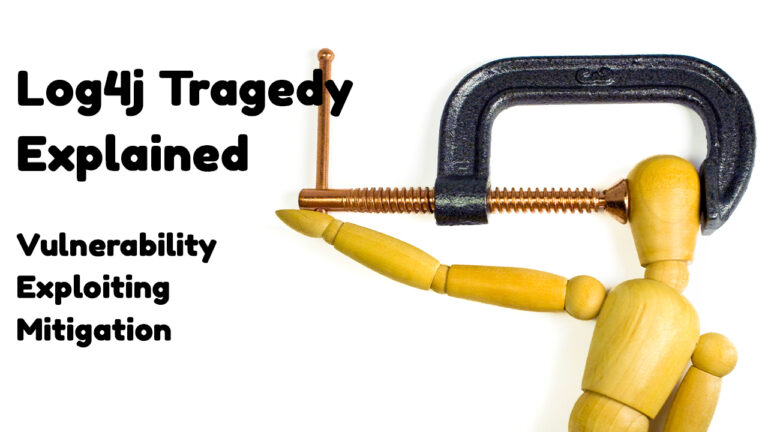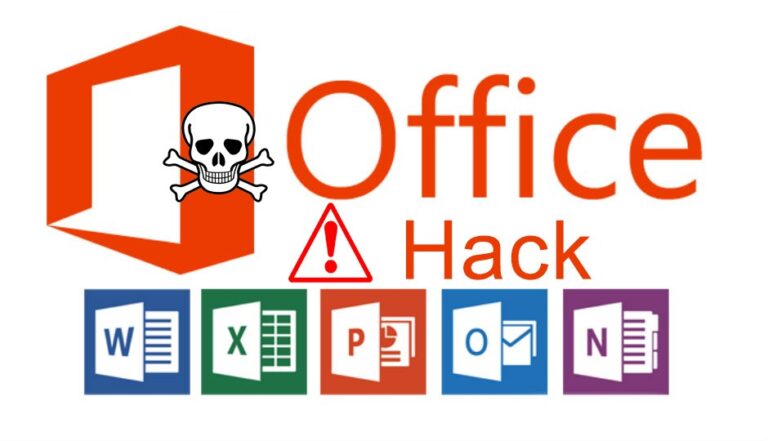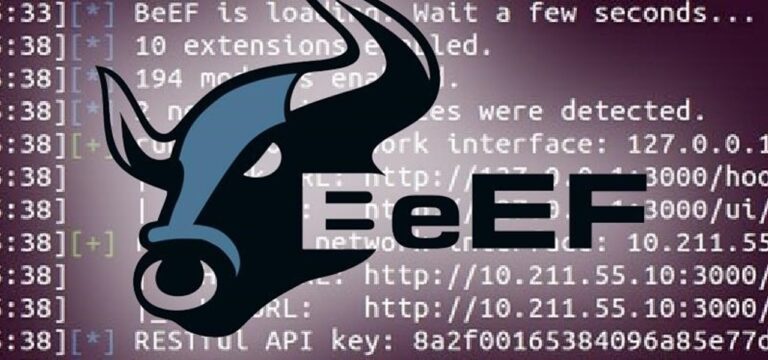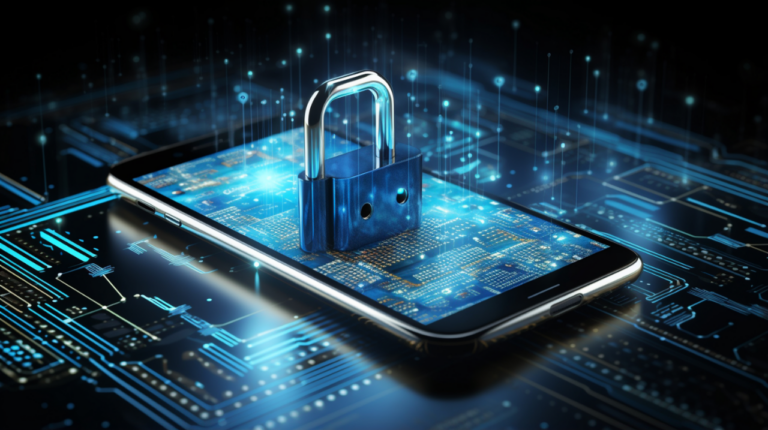How to Setup a Cybersecurity Homelab to Safely Practice and Sharpen your Skills!
Introduction to CyberSecurity HomeLab
Cybercrime is getting worse, so you could lose sensitive information, money, or your reputation if you don’t take steps to protect yourself. Just as important as the need for technology is the need for cyber security.
When it comes to cyber security, it could be hard to apply and implement security concepts if there isn’t a safe and useful infrastructure to do so. A cybersecurity home lab is a small area that can be used to simulate different parts of a business network, study attacks, and try them out in a safe way.
What is CyberSecurity?
The desire to maintain the confidentiality and safety of one’s information, data, and electronic devices are at the heart of the significance of cyber security. People store enormous amounts of information on their computers and other devices that are connected to the internet in today’s world. A significant portion of which is private, such as passwords or financial information. It should also include disaster recovery or business continuity planning, which highlights how the entity will recover from any future cyber attacks and also includes preventative methods, such as employing better defensive technology and educating employees.
If a malicious hacker were to get their hands on these records, they could potentially cause a wide variety of issues. They might divulge sensitive information, steal money by using passwords, or even change data in such a way that it works to their advantage in some way.
Why is CyberSecurity Important?
Cyber security is important because it covers everything that has to do with keeping our data safe from hackers who want to steal it and use it to do harm.Due to global connectivity and the use of cloud services like Amazon Web Services to store sensitive data and personal information, both inherent risk and residual risk are on the rise. Because cloud services are often not set up well and cybercriminals are getting smarter, your organization is more likely to be the victim of a successful cyber attack or data breach.
Cybercriminals are getting smarter and their methods are becoming more resistant to traditional cyber defenses. This means that people can no longer just rely on antivirus software and firewalls to keep their computers safe.
It is important and in everyone’s best interest to have advanced cyber defense programs and mechanisms in place to protect this data. Everyone in society depends on things like hospitals and other health care facilities, financial service programs, and power plants, which are all examples of critical infrastructure.
Why do we need a CyberSecurity Homelab?
Cybersecurity Homelab is a place where you can develop and test things without other people getting in the way. Setting up a home lab is also a good way to stay out of trouble with the law. This is where you can test techniques that could hurt other devices. For instance, if a researcher uses a malware tool while testing malware, it could spread to another Internet-connected environment. So it’s always a good idea to test everything in a Cybersecurity Homelab environment that is separate from the rest of the house.
How to Setup a CyberSecurity Home Lab?
Before getting started, it’s best if you know the basics of networking, computers, basic cybersecurity concepts, and technologies, how to use virtualization software/hypervisors, and how to do a lot of research.
The Network Setup for CyberSecurity Homelab
The network is the most important thing. In order for you to begin working with the devices and configuring them, we will need to first establish a dependable network. All of the devices that are used in the journey of cybersecurity training will be connected to this network in the near future. Isolating the network is a requirement that must not be overlooked at any cost. You need to take precautions to ensure that the network traffic from the home lab will not be transmitted to the personal network in your house.
Router
Routers are the best way to make an isolated network that is not connected to your home network. A router is a device that basically links one network to another. A Router will have two interfaces, one for the internal network (LAN/Network 1) and one for the external network (Internet/Network 2). However, they can also be used to connect two internal networks. All of the devices in the Home Lab can be connected to Network 1 or LAN so that they can talk to each other.
Sometimes, the devices in a network may need to connect to the internet to download tools or packages they need or to update or improve the system. In those situations, we might have to give them a safe way to get online. In order to do this, we can connect the ISP modem to the Router’s Internet/Network 2 port.
Switch
Most routers come with a switch built in, which lets us connect more than one device to the same network. But in some routers, each network will only have one physical port. In that case, we might need a networking device called a switch, which will be connected to the router and have multiple ports that are all connected to the same network as the interface of the router that is connected.
The Devices for Cybersecurity Homelab
Here’s a question. Which are the two major entities that are involved in all cyber attacks?
The Attacker – Most of the time, people who do cyber attacks are called Attackers. They are often called threat actors, or hackers. They include people who act alone and use their computer skills to plan and carry out attacks that do harm. Anyone or any group can launch a cyber attack from anywhere using one or more of many different attack methods.
The Target – The entity that is the subject of an attack is known as the target or the victim. They are the entity that stands to lose the most, whether it be in terms of data, money, or reputation.
The Attackers Device
In order to discover vulnerabilities in a system, ethical hackers need to utilize software such as password cracking tools, virtual machines, and Kali Linux. All of these activities require powerful hardware to process a large quantity of data, have the capacity to multitask, operate a virtual machine, and have a high rate of processing speed. In order to successfully carry out our role as an attacker, we require access to a computer that is capable of performing each of the aforementioned functions. You have the option of purchasing a desktop or a laptop computer or even a cloud instance such as Amazon EC2, with Linux installed on it if possible, depending on the size of your budget.
The Target Device
The device that will be the focus of all of our attacks is referred to as the “Target Device.” Unauthorized access, the extraction of information, the destruction of data, or denial of service are all examples of possible forms of attack. You can therefore configure the machine you intend to attack in a manner that is appropriate for the type of attack you intend to carry out. For instance, if you intend to attack a web server, you can prepare the target machine by installing a server program like Apache and then installing the vulnerable component inside of it. This is one strategy for attacking a webserver. Alternately, you could try attacking the target machine by first installing a vulnerable operating system on it and then carrying out a variety of attacks.
Types of Devices for Cybersecurity Homelab
You can basically set up the Attacker machine and the Target machine in one of three different ways.
Physical Hardware
A hardware computer with its own motherboard, CPU, memory, and IO-controllers is called a physical server (monitor, mouse, and keyboards are optional or only used during the initial setup). A bare-metal server is another name for it. Instead of a virtualization platform, its hardware is used directly by an operating system. Most of the time, these pieces of hardware are connected to the network so they can access other devices on the network as well as the internet.
A single copy of an OS is run on a physical server. It can run Windows, Linux, or another operating system, and most of the time it’s used to run just one program.
Eg – Desktop Computers, Laptops, Physical Server, Raspberry Pi etc.
Raspberry Pi
One thing that makes a Raspberry Pi better for hacking than other computers is that it is so cheap that it can be thrown away. Raspberry Pi is a device that can do a lot. It works with different operating systems, so you can try out different hacks and operating systems.
If you want to hack, you can install Kali, and its desktop version will have all the usual tools.
Virtual Machines
In the case of virtual machines, the RAM, processor, and other parts of a single physical computer are shared among several virtual computers. A virtual server works in an environment called “multi-tenant,” which means that more than one VM can run within the same physical hardware.
The benefit of using virtualization in your Homelab is that if you have a single computer with good hardware specs, you can launch a lot of instances for different purposes instead of setting up separate hardware for each purpose. Software like VMWare, VirtualBox, and pfsense can be used for free to do this.
Cloud Instances
You can also set up a target/attacker machine by creating an account in a cloud environment like AWS and starting an instance there. The good thing about the cloud is that we don’t have to buy expensive hardware. Your machines will be in the cloud, where you can get to them from anywhere in the world (of course with an internet connection). We only need a simple computer that can connect to the computer in the cloud. That’s everything we need to get started.
IDS/IPS
Intrusion detection is the process of keeping an eye on what’s going on in your network and analyzing it for signs of possible incidents, security policy violations, or imminent threats. A system that is capable of detecting such attacks is known as IDS or Intrusion Detection System.
Intrusion prevention is the process of finding and stopping intrusions before it happens. This system is called Intrusion Prevention System or IPS. Intrusion prevention systems (IPS) and intrusion detection systems (IDS) keep an eye on your network all the time, looking for possible problems and logging information about them, stopping the problems, and notifying security administrators about them.
SIEM for your Cybersecurity Homelab
SIEM is a security system that helps us find potential security threats and weaknesses before they can affect our resources or assets.
At the most basic level, all SIEM solutions perform some level of data aggregation, consolidation, and sorting on logs made by different devices or software to find threats and meet data compliance requirements. Some solutions have different features, but most of them have the same core set of features, like log management, alerting, incident monitoring, end device monitoring, and reporting.
Using open-source software like the ELK (Elasticsearch Logstash Kibana) stack, it’s easy to set up a SIEM.
Setup a File Server for your Homelab
We now have all the hardware you need to start your practice. Another really useful thing to have in your network is a place where you can store all your files, tools, exploits, and saved work in one place. This way, if one device fails, you can still get your work from another source. You could set up a file server for that.
A device that stores and manages data files so that other computers on the same network can access them is called a file server. It lets devices and people share information over a network without having to move files by hand.
Things to Take Care
There are a lot of things that could go wrong when you are performing various attacks. There are a lot of malicious programs that will propagate themselves automatically across all of the devices that are connected to that network.
We discussed the importance of establishing a distinct environment for your cyber security home lab. A network to which you cannot connect any of your personal devices and through which you cannot transmit data.
These are the few things that you should take care of when you set up a Cybersecurity Home lab and start your practice.
- Always use separate devices to connect to HomeLab and carry out attacks.
- Never connect personal devices to the HomeLab network.
- Never connect the devices connected to the Homelab network to your personal home network.
- NEVER HARM OTHERS!
- Turn off all the devices when you are not using them.
- Always monitor which devices are connected to your HomeLab network.
Scope of Cyber Security Career?
In terms of skills and jobs, cybersecurity has grown into a much bigger field. With more people using the internet, not only business information but also personal information is at risk of being changed. Companies, governments, and people all face the risk of cyberattacks. Basically, anyone who uses the internet is at risk. Cybersecurity is a niche that is growing steadily these days.
Many people want to start their careers in this field because it is in high demand and has a lot of room for growth. In terms of skills and jobs, cybersecurity has grown into a much bigger field. Cybersecurity is a great field for people who want to work in a fast-paced environment and get paid well. It is a good career choice for both students and professionals who want to work in technology and cybersecurity.
